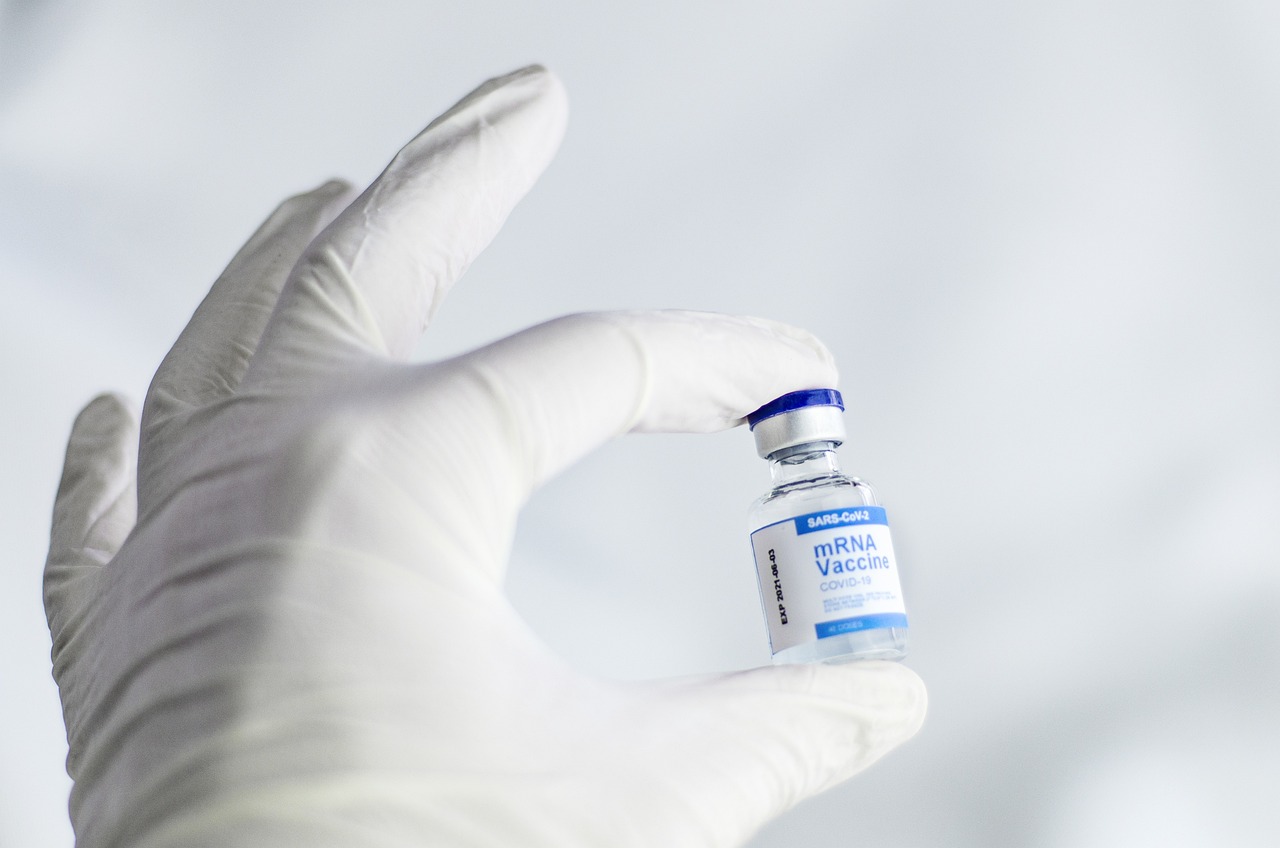Researchers have made significant progress in creating a virus-like particle (VLP) polio vaccine that is less expensive and risky. These particles are empty within yet resemble the poliovirus’s exterior protein shell. Even though there is no chance of infection, the VLP still triggers an immunological response.
Professor David Rowlands, Emeritus Professor of Molecular Virology at the University of Leeds, is currently leading a study that examines the efficiency of using various yeast, insect, mammalian, and plant cells as expression systems to produce VLPs.
Thanks to research like this, we are already working with commercial partners to produce the next generation of polio vaccines.
Nicola Stonehouse
The current inactivated polio vaccine (IPV), which uses a destroyed form of the poliovirus to trigger an immune system response, can be matched or outperformed by VLPs made in both yeast and insect cells, according to research published in Nature Communications.
Any vaccine is only as effective as the number of children that it reaches. The key is to make vaccines universally accessible, as all children have a right to be protected from diseases such as polio, no matter where they live. Ultimately, VLPs would significantly contribute to vaccine equity,
Thanks to research like this, we are already working with commercial partners to produce the next generation of polio vaccines. Although we don’t yet know when these will be widely available, we are getting much closer to a polio-free future.
Nicola Stonehouse
Due to the need for high degrees of bio-containment to reduce the possibility of live poliovirus leaks that could trigger outbreaks, IPV is currently somewhat costly to produce. Due to their non-infectious nature, VLPs do not require handling under such strict biosafety regulations.
Polio vaccination also involves the use of oral polio vaccine (OPV), which contains a live but attenuated vaccine virus.
To remove the slight chance of circulating variant poliovirus linked to its usage, OPV use must cease once all wild poliovirus strains have been successfully eradicated.
Such strains can spread through contact with feces, frequently through polluted water, in populations with high rates of unvaccination and inadequate sewage disposal.
IPV will now be the only polio vaccine accessible to the general public, but lower-income nations cannot purchase it due to costly manufacturing processes.
Due to genetic modification of the outer shell, non-infectious VLPs are easier to produce than current IPVs and have been shown to be more temperature stable. Because they are not infectious, their production will be less costly, which will contribute to more equitable access to vaccination.
It is very exciting to see this research being taken forward by industrial partners as a safer vaccine production strategy as we move towards a polio-free world.
Lee Sherry
The WHO, when looking at research and development priorities for new generation Polio vaccines, has early on identified VLPs as a technology that could be an ideal tool especially for the post-eradication period with the aim for Polio VLPs to be ultimately produced as a very cost effective and safe vaccine by developing country manufacturers for the benefit of a global supply.
Through an extensive collaboration with the research consortium, vaccine manufacturers and the Global Polio Eradication Initiative (GPEI), we are approaching this goal with the new developments. This research shows that a critical new polio vaccine solution is on the horizon. It would be a critical new tool to not only achieve but sustain global polio eradication, and ensure – in an equitable way – that no child anywhere will ever again be paralysed by any poliovirus. It is about ensuring that once polio is eradicated, it will stay eradicated.
Dr Martin Eisenhawer
Human papillomavirus (HPV) and hepatitis B vaccinations already contain VLPs, and researchers have been trying to employ this effective technology to help end polio for more than ten years.
Since the study found that the polio vaccines were successful in testing on rats and mice, the next generation of polio vaccines will probably be made in yeast or insect cells. Because of their affordability, businesses also like these cell expression systems and use them for current immunizations.
Source: University of Leeds
Journal Reference: Sherry, Lee, et al. “Recombinant Expression Systems for Production of Stabilised Virus-like Particles As Next-generation Polio Vaccines.” Nature Communications, vol. 16, no. 1, 2025, pp. 1-17, DOI: https://doi.org/10.1038/s41467-025-56118-z.
Last Modified:






